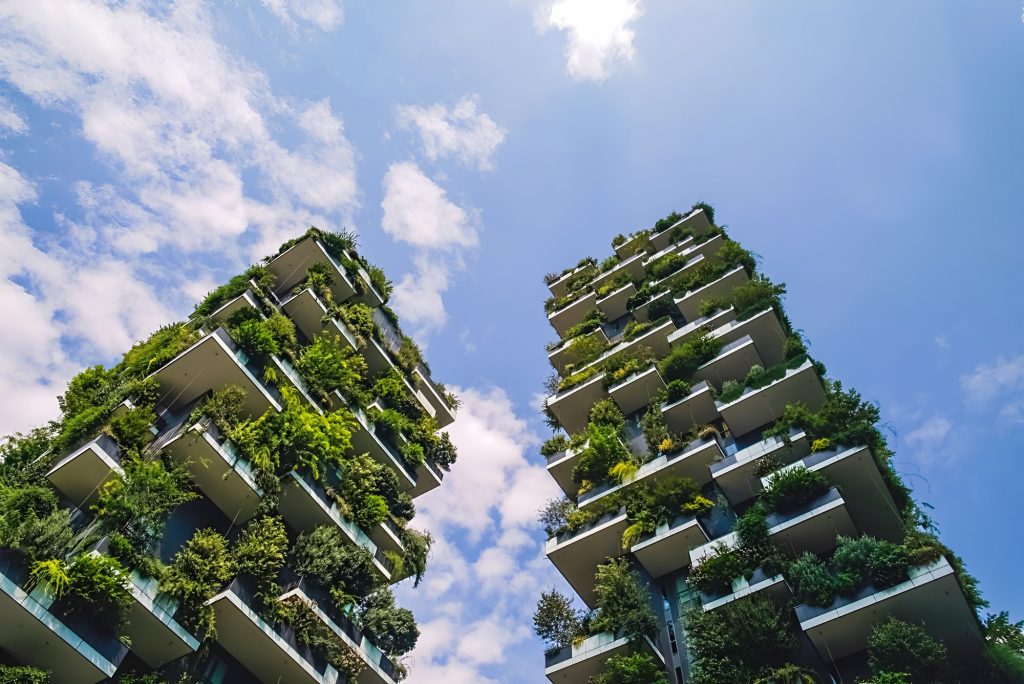Introduction
The construction industry has long been a significant contributor to environmental degradation, consuming vast amounts of resources and producing substantial greenhouse gas emissions. However, as the world becomes more conscious of the urgent need for sustainable practices, the construction sector is undergoing a transformative shift towards eco-friendly and sustainable solutions. One such innovation making waves in the industry is the development and adoption of eco-friendly cement. In this blog post, we will explore the importance of sustainability in construction and delve into the role that eco-friendly cement plays in reducing the industry’s environmental footprint.
The Environmental Impact of Traditional Cement
Traditional cement production is a major contributor to carbon dioxide emissions, accounting for approximately 8% of global CO2 emissions. The primary culprit is the production process of Portland cement, which involves high-temperature kilns and the release of carbon dioxide during the chemical reaction that converts limestone into clinker. Moreover, the mining of raw materials, such as limestone and clay, contributes to deforestation, habitat destruction, and soil erosion.
Eco-Friendly Cement: A Sustainable Alternative
Eco-friendly cement, also known as green cement or low-carbon cement, presents a promising solution to mitigate the environmental impact of the construction industry. These innovative cement formulations aim to reduce carbon emissions, conserve natural resources, and enhance the overall sustainability of construction projects. Several types of eco-friendly cement have emerged, each with distinct properties and manufacturing processes:
- Fly Ash Cement: This type of cement incorporates fly ash, a byproduct of coal-fired power plants, as a partial substitute for traditional cement. By using waste material in its production, fly ash cement reduces the demand for raw materials and decreases carbon emissions.
- Geopolymer Cement: Geopolymer cement is produced using industrial byproducts like fly ash or slag, along with an alkaline solution. It requires lower temperatures during production, leading to significantly reduced carbon emissions compared to traditional cement.
- Limestone Calcined Clay Cement (LC3): LC3 is a novel cement that combines clinker, calcined clay, limestone, and gypsum. This formulation can reduce CO2 emissions by up to 40% during production while maintaining similar mechanical properties to traditional cement.
Benefits of Eco-Friendly Cement in Construction
- Reduced Carbon Footprint: The most significant advantage of eco-friendly cement is its potential to drastically cut down carbon emissions. This reduction is achieved using alternative raw materials and lower energy-intensive production processes.
- Conservation of Natural Resources: By utilizing industrial byproducts and waste materials, eco-friendly cement minimizes the extraction of virgin resources, helping to conserve non-renewable minerals and reduce habitat destruction.
- Enhanced Durability: Many eco-friendly cement formulations offer improved resistance to chemical degradation, resulting in longer-lasting structures and reduced maintenance requirements.
- Regulatory Compliance: As governments and regulatory bodies tighten environmental standards, construction projects that incorporate eco-friendly materials, including cement, are more likely to comply with these regulations.
- Positive Public Perception: Companies that prioritize sustainability and use eco-friendly cement can benefit from improved brand image, attracting environmentally conscious clients and investors.
Challenges and Future Outlook
While eco-friendly cement holds immense promise, its widespread adoption faces certain challenges. These include the need for extensive research and development, higher upfront costs, potential changes in construction practices, and the requirement for industry-wide acceptance. However, as technology advances and the urgency of climate change intensifies, these challenges are being addressed, and the construction industry is gradually shifting towards a more sustainable path.
Conclusion
Sustainability is no longer an option but a necessity for the construction industry. As the demand for new infrastructure and buildings continues to grow, finding ways to minimize the environmental impact becomes paramount. Eco-friendly cement offers a tangible solution by addressing the carbon emissions and resource depletion associated with traditional cement production. Through the utilization of waste materials and innovative production methods, this type of cement is paving the way for a more sustainable construction sector, where durability, efficiency, and environmental consciousness coexist harmoniously. By embracing eco-friendly cement and other sustainable practices, the construction industry can play a pivotal role in building a greener future for generations to come.

